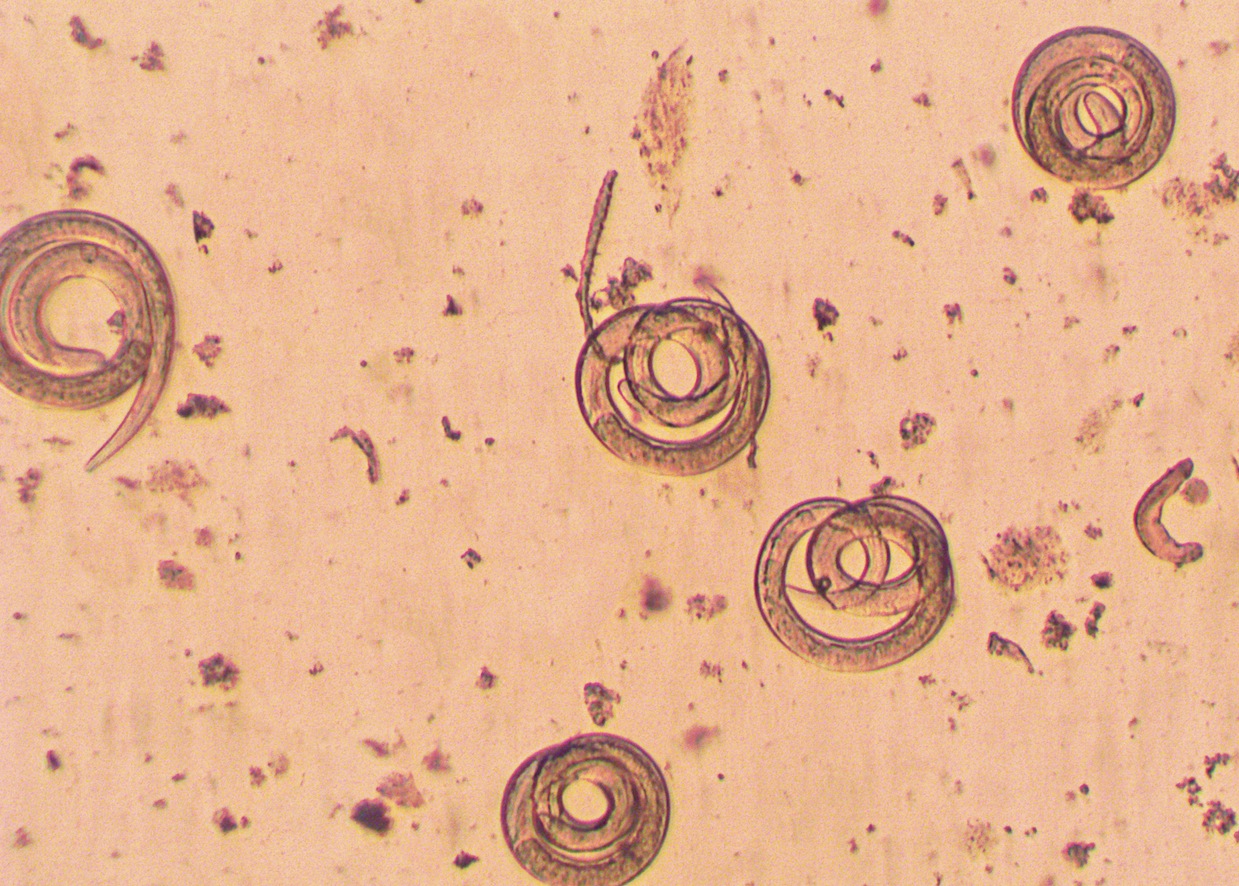
Most experiments are based on population analysis. However, some researchers are interested in the study of a single individual. In wMicrotracker it is possible to perform experiments with as few as 1 worm. Here are some tips for doing this type of assay.
To increase data accuracy, it is important to use an appropriate number of worms, calculated based on their size (see table below). If you need to use a low number of worms (below 25), it is also important to adjust the working volume and to use U-shaped bottom plates. The shape of the bottom of this type of plate causes the population of worms to be concentrated at the bottom in the middle where the beams of light are. This provides greater sensitivity.
The u-plate motion signals saturate more quickly than in flat bottom plates. In the following figure, the results of a population of between 10 and 30 worms are plotted by comparing the detected activity in the different plaque formats.

In the first figure, the result of the 96-well bottom plate test in “U” versus flat bottom plate is observed. Note that the detection sensitivity is greater in the “U” bottom plate. In the second figure, the standard error relative to the value of locomotor activity is analyzed. Note that for small populations, “U” bottom plates have less variability between wells.
Another recommendation is to design the assay using small volumes (example, 40 ul instead of 100 ul). However, it must be borne in mind that the process of evaporation of the medium will become a problem. Instead of using a plastic cap, an adherent film permeable to oxygen exchange could be used.

The wMicroTracker can be used with standard “U” bottom and “flat” bottom microplates. This table can be used as a reference for utilizing the appropriate microplate type contingent on the number of worms being used and your experimental conditions.
References to experiments with unique worms can be found on:
http://www.sciencedirect.com/science/article/pii/S0165027006005760
